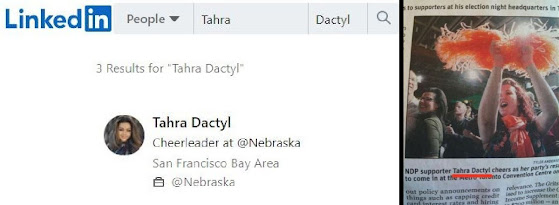Pterodactyl (pronounced ter-uh-dak-til)
Any of
a number of genera of flying reptiles of the extinct genus pterodactylus from the late Jurassic and Cretaceous periods, having
membranous wings supported on an elongated fourth digit and a highly reduced
tail and teeth with a bird-like beak.
The general term, now less used, is pterosaurs (pterosauria in the
plural) (flying reptiles).
1826: From the early nineteenth century French ptérodactyle from the Modern Latin genus name pterodactylus, the construct being the Greek pteron (wing) + the Latinised form daktylos (finger). Pteron’s root was the primitive Indo-European pet- (to rush, to fly). The pteranodon, an extinct flying reptile of the Cretaceous period, has a name based on pterodactyl with the stem of Greek anodous (toothless), the construct being an- (not, without) + odon (genitive odontos) (tooth) from the primitive Indo-European root dent- (tooth). Thought remarkable because of the size, the wings never less than twenty-five feet (7.6m), they differed greatly from the Pterodactyls of the old world, especially in the absence of teeth and were accordingly placed by in a new order, Pteranodontia, from the typical genus Pteranodon when Yale Professor of Paleontology and President of the National Academy of Sciences, Othniel Charles Marsh (1831–1899), published Principal Characters of American Pterodactyls (1876).
Depiction of Pterodactyl.
Dactyl is interesting, entering Middle English in the late 1300s from the Latin dactylus, derived from the Ancient Greek δάκτυλος (dáktulos or daktylos), used most often in the sense of “a finger-breadth” but meaning also "a fruit of the date tree” or “a date" and in literal translation "a finger" (and even "toe" though some etymologists insist this is a mistake); a word of unknown origin. It lives on in the discipline of prosody, the study of poetic meter; the patterns of sounds and rhythms in verse where a dactyl describes the metrical foot of three syllables, one long followed by two short in quantitative meter, or one stressed followed by two unstressed in accentual meter. Put simply, in English versification it means an accented syllable followed by two unaccented, the word adopted in this sense because a dactyl refers to the three joints of the finger, this corresponding to three syllables. Globally, this aspect of prosody is practiced professionally by the handful of academics who care about such things and is something like poetry’s version of structuralism.
Task for Mr & Mrs Dactyl: Choosing name for daughter.


No comments:
Post a Comment